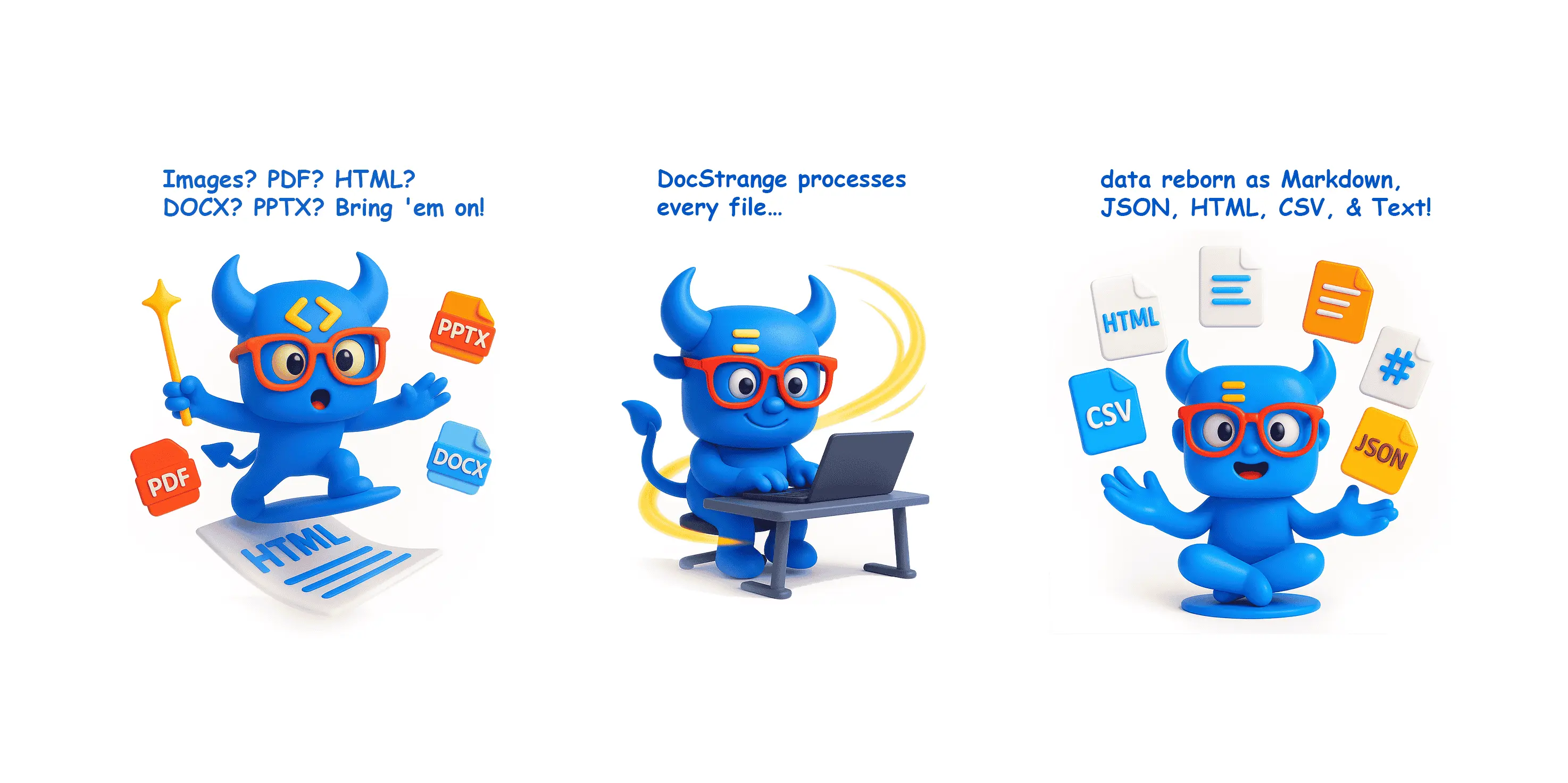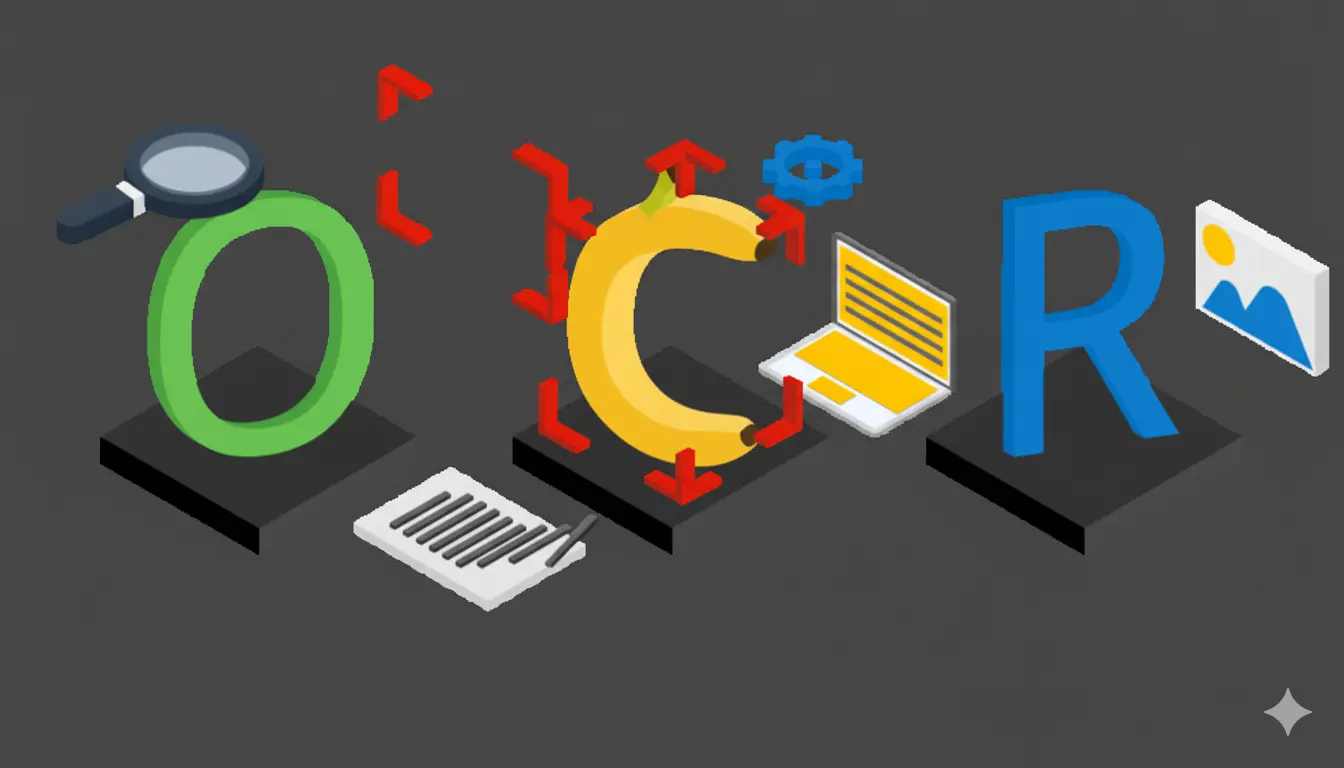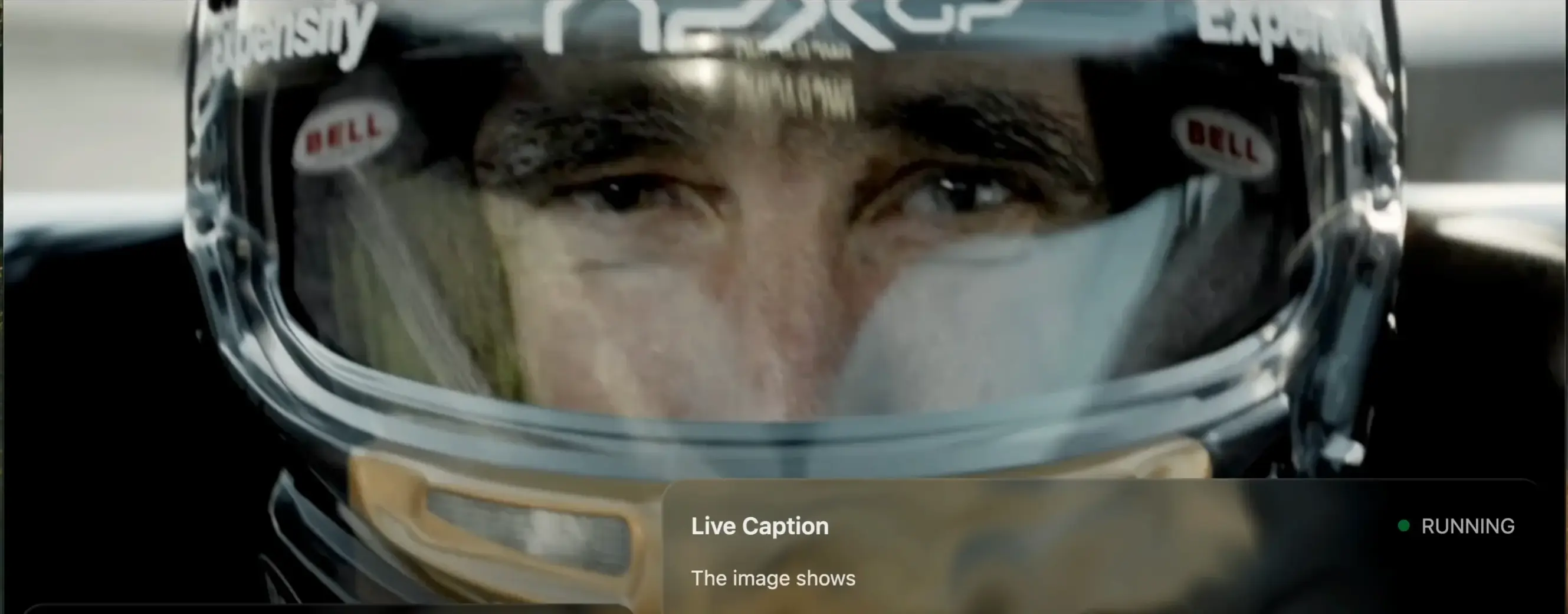
Your Document AI Pipeline is Broken and Nanonets-OCR2 Just Called It Out
The open-source vision model that's exposing how bad traditional OCR actually is at preparing documents for LLMs
If you’ve tried building document AI pipelines, you know the dirty secret: most OCR solutions fail spectacularly when confronted with real-world complexity. Your AI can handle paragraphs of pristine text, but throw in a hand-drawn flowchart, mathematical equations, or checkboxes and the whole system collapses. Traditional solutions either ignore these elements or produce laughably bad outputs that require manual cleanup.
That’s why the release of Nanonets-OCR2 ↗ is causing waves. This open-source vision-language model converts messy document images into structured Markdown with capabilities that should make proprietary vendors nervous. We’re not talking about basic text extraction, this thing handles LaTeX equations, complex tables, flowchart reconstruction, signature detection, and multilingual documents out of the box.
The Real Document Problem Nobody Talks About
Most OCR tools were built for a world where documents exist as clean digital files. But in reality, the documents that matter, the ones containing actual business value, are often handwritten forms, scanned financial reports, academic papers with complex equations, or legal contracts with signatures.
Consider the typical workflow: you scan a document through traditional OCR, get raw text output, then spend hours manually reconstructing tables, formulas, and layout structure before the content becomes useful for LLMs. This preprocessing bottleneck is where most document AI projects stall.
The frustration in developer communities is palpable. Users consistently report that existing solutions struggle with anything beyond basic printed text, particularly when dealing with complex layouts or multilingual content. The gap between what’s promised and what’s delivered has become painfully obvious.
Nanonets-OCR2’s Killer Features
What makes this release different isn’t just the raw accuracy improvements, it’s the specific capabilities that address the actual pain points developers face when integrating documents with AI systems.
Mathematical Expression Recognition goes beyond simple character detection. The model automatically converts equations into properly formatted LaTeX syntax, distinguishing between inline ($...$) and display ($$...$$) equations. For academic and technical documents, this transforms mathematical content from unreadable garbage into something LLMs can actually understand and manipulate.
Flowchart and Organizational Chart Extraction represents one of the most impressive technical achievements. Rather than trying to describe diagrams in natural language, the model generates Mermaid ↗ code directly, preserving the structural relationships and making diagrams immediately actionable within AI workflows.
Smart Structural Understanding manifests in several key features:
- Checkbox detection converts form elements into standardized Unicode symbols (
☐,☑,☒) - Signature isolation identifies and tags signatures separately from regular text
- Watermark extraction separates background artifacts from primary content
- Multi-format output including Markdown, HTML, CSV, and structured JSON
The multilingual support spans English, Chinese, French, Spanish, Portuguese, German, Italian, Russian, Japanese, Korean, Arabic, and more, addressing a crucial limitation in many existing OCR solutions.
Technical Architecture That Matters
Built on the Qwen2.5-VL-3B model ↗, Nanonets-OCR2 was trained on over 3 million pages covering research papers, financial reports, legal contracts, healthcare records, tax forms, receipts, invoices, and handwritten documents. The training dataset includes specialized documents with embedded images, plots, equations, signatures, watermarks, checkboxes, and complex tables.
The official documentation ↗ reveals the dataset composition included both synthetic and manually annotated examples, with initial training on synthetic data followed by fine-tuning on human-annotated samples. This approach likely contributed to the model’s ability to handle edge cases that typically break simpler OCR systems.
Performance benchmarks show Nanonets-OCR2 outperforming its predecessor across multiple metrics, particularly in its specialized capabilities where traditional OCR systems completely fail.
The LLM Integration Advantage
The real innovation here isn’t just better OCR, it’s understanding that document AI pipelines need output that’s optimized for large language models. Traditional OCR produces text that LLMs struggle to parse reliably, especially when dealing with:
- Tabular data that loses its structure in raw text output
- Mathematical notation that becomes uninterpretable
- Visual elements that get completely ignored
- Document sections that lose their hierarchical relationships
Nanonets-OCR2 addresses this by outputting structured Markdown that preserves semantic meaning. Tables maintain their grid structure, images get descriptive tags, equations remain mathematically valid, and flowcharts become executable code.
The integration with Docstrange ↗ provides a free processing tier of 10,000 documents per month, making it accessible for development and prototyping. The open-source approach also enables local processing options for privacy-sensitive applications, a crucial consideration for enterprises dealing with confidential documents.
Real-World Applications Beyond Hype
Academic research teams are already leveraging the LaTeX capabilities to digitize legacy mathematical papers at scale. Legal departments find the signature and watermark detection particularly valuable for processing contracts and agreements. Financial analysts can extract complex tables from scanned reports without manual data entry.
The model’s ability to handle handwritten documents across multiple languages opens up applications in digitizing historical records, processing handwritten forms, and even personal document management. One early tester reported successfully extracting text from a handwritten diary “that none other model could parse anything at all.”
For businesses building AI copilots, agents, or automated document processing systems, this represents a significant reduction in preprocessing complexity. Instead of building custom pipelines for different document types, teams can standardize on a single model that handles the messy reality of business documentation.
Open Questions and Limitations
While impressive, Nanonets-OCR2 isn’t perfect. The documentation notes limitations with “complex flowcharts and organizational charts” and acknowledges that “model can suffer from hallucination”, a reminder that computer vision models still struggle with certain edge cases.
The comparison benchmarks against existing solutions like Docling show significant improvements, but independent validation will be crucial for enterprise adoption. The open-source nature helps here, developers can test the models directly rather than relying on vendor claims.
Performance on low-quality scans, distorted images, and complex multi-column layouts remains an area for ongoing improvement. However, the active development and regular updates suggest these limitations are being actively addressed.
The Bottom Line for Developers
Nanonets-OCR2 represents a shift from treating OCR as a simple text extraction problem to approaching it as a comprehensive document understanding challenge. The open-source availability means teams don’t need to rely on expensive proprietary solutions that often fail on real-world documents.
The combination of specialized capabilities, particularly around mathematical notation, flowchart reconstruction, and multilingual handwritten text, makes this more than just another OCR model. It’s becoming a foundational component for document AI pipelines that need to handle the messy reality of business documentation rather than just idealized examples.
For teams building AI applications that consume documents, Nanonets-OCR2 ↗ deserves serious evaluation. The free processing tier and open-source availability remove the traditional barriers to testing, while the specialized capabilities address the exact problems that typically derail document AI projects.
The document AI space has been waiting for a solution that actually works on real-world documents rather than demo-friendly examples. Based on the capabilities and early testing, this might be the model that finally delivers on that promise.



